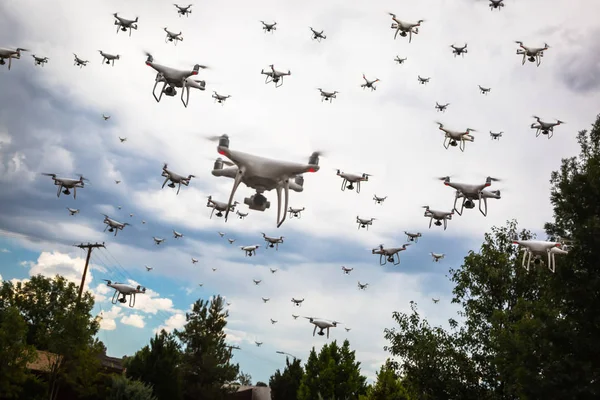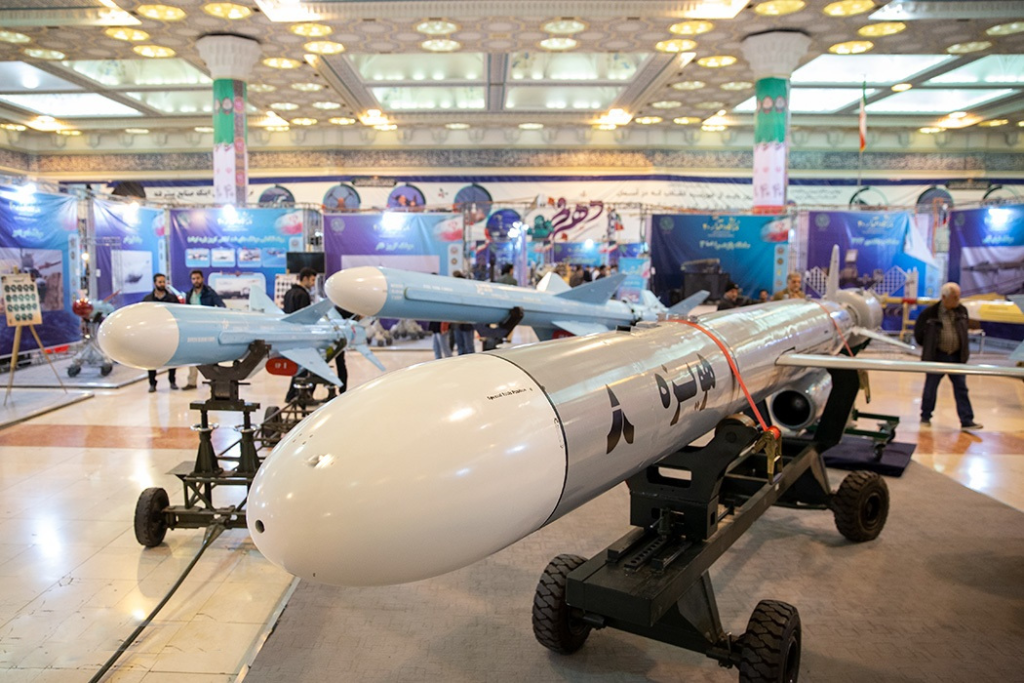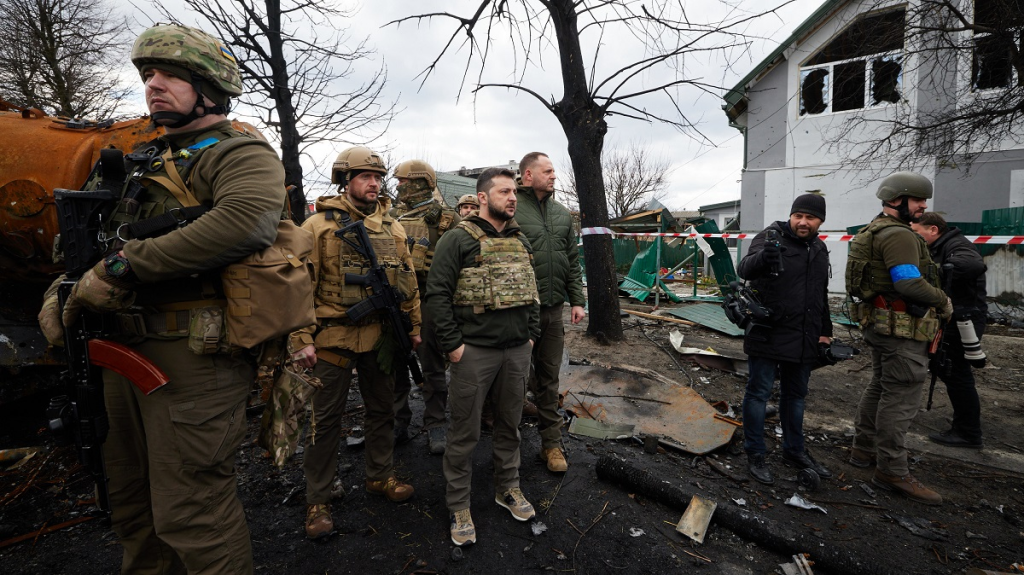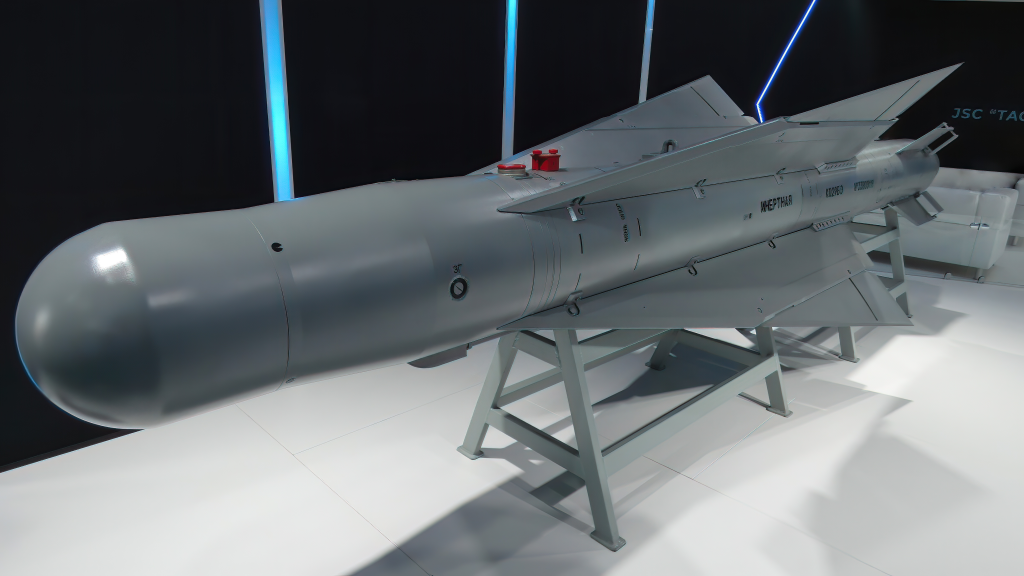
How does a country protect itself when the skies are filled with hundreds of enemy drones? Ukraine answered that question directly when Russia deployed an historic 322-drone assault, the biggest to date in the conflict. The Ukrainian Air Forces said it took out 292 of them but the sheer number and sophistication of the raid highlighted a fast-changing danger that is stretching the capabilities of modern air defence. This wasn’t a single strike. It came a day after Moscow’s biggest joint missile-and-drone strike of the war in a deliberately designed attempt to overwhelm defenses by saturation. The strike hurt 11 people in Kharkiv, of whom two were teenagers, and hit major cities such as Khmelnytskyi.

It marked a unusual Ukrainian counterattack against a Russian air base that houses Su-34, Su-35S, and Su-30SM bombers and fighters, a potential sign of the growing role for pre-emptive strikes. Behind the headlines lies a deeper story of technological adaptation, cost-driven warfare, and an arms race in the skies. From jet-powered Shaheds to AI-enabled interceptors, here are seven critical developments shaping this new phase of aerial combat.

1. Moscow’s Turn towards Mass Drone Warfare
Russia’s drone campaign has moved from sporadic strikes to sustained, high-volume assaults. Starting in late 2024, weekly launches of Shahed drones surged from around 200 to over 1,000 by March 2025. These low-cost systems, many produced domestically with Chinese components, are designed to exhaust Ukrainian air defenses. At $20,000–$50,000 per unit, they are cheap enough for Moscow to absorb high loss rates, while forcing Ukraine to expend far more expensive interceptors. This cost asymmetry is central to what analysts describe as a punishment strategy targeting civilian morale and defense readiness through relentless pressure.

2. Jet-Powered Emergence of Shaheds
In the recent strike that involved 300-plus drones, eight jet-powered variants of the Shahed-238 were included. Ukrainian Air Force spokesman Yuri Ignat observed that the drones resemble cruise missiles when it comes to the radar because they travel at over 500 km/h and at six-mile altitudes. Because of their capabilities, they become almost impossible for mobile mortar groups and electric-motor interceptors to reach. Production remains constrained by the sophistication of the turbojet engine but their inclusion in salvoes of mixed-propeller Shaheds makes it troublesome for the Ukrainian defenses because it obliges the use of expensive surface-to-air missiles that are needed to kill high-altitude, high-speed targets.

3. Resistance to Electronic Warfare and Decoys
Russian troops are using decoy drones like the “Gerbera” and “Parodya,” which are equipped with Luneburg lenses to increase radar signatures. The foam or wooden airframes imitateactual Shaheds and overwhelmradar tracking while attracting interceptors’fire. Together with counter-measures to resist electronic warfare like fiber-optic control links and jam-proof navigation, these tactics work to undercut the efficiency of Ukraine’s detection and response. Kharkiv air defense commanders indicate that decoys are commonly included in swarms that incorporate live warheads by making quick target discrimination the key challenge.

4. Expanded Ukrainian Use of Interceptor Drones
Under nightly bombardments, Ukraine is ramping up the manufacturing of FPV-based intercept drones to save stocks of missiles. Production of 1,000 per day has been urged by Ukrainian President Volodymyr Zelenskyy. The interceptors that are modified versions of front-line FPV strike drones are designed for greater altitude and speed to confront incoming Shaheds. But senior officials like Mykhailo Fedoriv warn current variants will have trouble against jet-propelled variants and that continuous tactical and technical modifications are needed. The drive is also a sign of a shift towards the adoption of multi-layered, affordable defenses that integrate kinetic and non-kinetic defenses.

5. Preemptive Strikes against Launch Infrastructure
Ukraine’s counterattack at the Borisoglebsk airfield that reportedly crippled a cache of glide bombs and a number of planes illustrates the strategic value of attacks against launch platforms while munitions are not yet airborne. Analysts say that ground destruction of Shaheds-wheresoever they are deployed, whether in factories, stores, or forward launch sites-is the most efficient neutralization. It’s a tactic that’s familiar to successful long-range drone and missile attacks against Russian airbases in Crimea and deep inside Russian borders that have the aim of breaking the production cycle and declining sortie rates.

6. Innovation in Glide Bomb Defense by NATO
The danger goes beyond drones. Cheap and elusive glide bombs are impacting Ukrainian positions in large numbers. Winning ideas from NATO’s 2025 Innovation Challenge included early warning systems by virtue of AI-enabled detection, containerized swarms of autonomous interceptors, and microwave weapons for disabling electronics. Technologies that are designed to counter the adverse cost-exchange ratio offer scalable, mobile, and affordable countermeasures. Alliances between AI-powered detection and decision support indicate the requirements for decreasing operator burden in the event of a saturation attack.

7. The Rapid Innovation Cycle in Drone Warfare
Russia and Ukraine are iterating designs in weeks rather than years and using battlefield feedback to drive change. As the Institute for the Study of War’s Kateryna Stepanenko pointed out, “For every tech advance, both sides are already looking for a counter-measure.” The cycle has brought the world AI-manned FPVs, jam-proof fiber-optic-controlled drones, and mothership vehicles that dispense a number of sub-drones. The quick adaptation makes successful tactics today obsolete tomorrow by the dynamics of the fluid aerial battlefield.

The 322-drone attack that shattered a world record for drone strikes was more than a night’s fight it was a glimpse into the high-intensity future. The collision of cost, technology, and adaptation is remaking air defense such that Ukraine and its allies are innovating while under attack. With the spread of jet-propelled drones, decoys, and AI-capable systems, the competition will depend not merely upon the deployment of the most-capable weaponry but upon the agility to keep adapting amidst a constantly-evolving threat environment.

